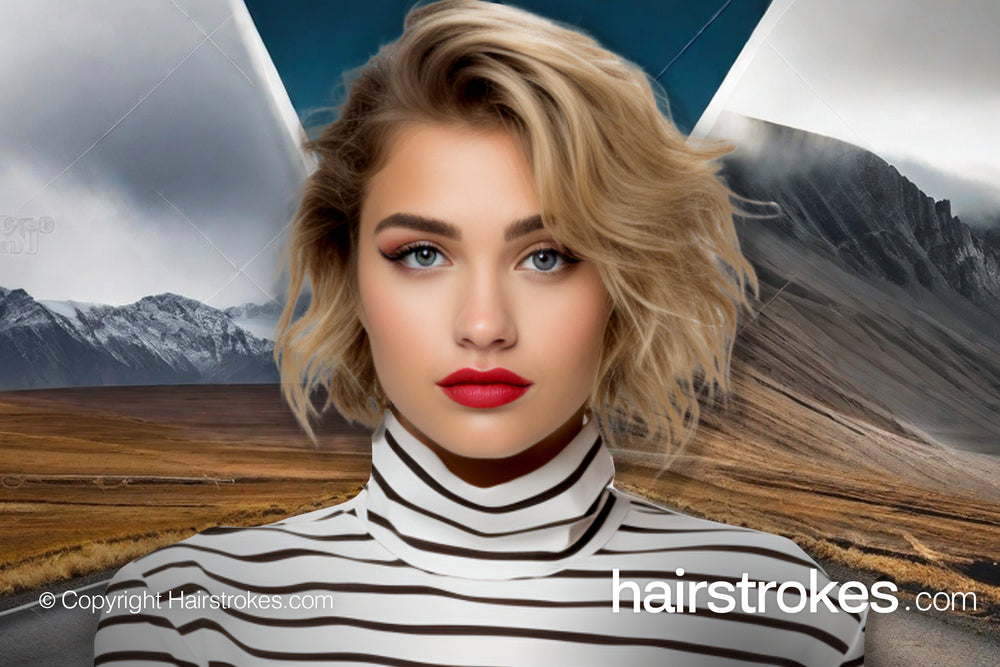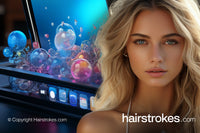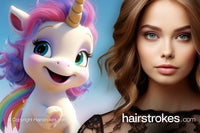11. Additional practical suggestions
Horizontal vs. vertical When arranging before-and-after pictures, the debate often arises: is a horizontal or vertical layout more effective? After analyzing over 5000 cases, we found no clear advantage for either. However, horizontal layouts are more impactful when the before picture is on the left and the after picture is on the right. Placing the after photo below the before picture in vertical arrangements yields better results.
Single image vs. Carousel
Regarding the format of posts, the question is whether to use a carousel (where users scroll through images) or a combined single image. Our extensive research indicates that while carousels may engage viewers longer, they're less effective in highlighting the transformative effect than a single combined image. Our studies show that transformation is perceived 2.4 times more effectively in a single image. However, there is a caveat. Namely, in some environments such as Instagram, combined picture format becomes too wide horizontally, thus the ideal approach is always to craft both: separate more square foramtted single images for Instagram, and combined before and after pictures for other channels such as websites and Facebook.
Relative size of before and after images
Another key finding concerns the relative size of the before-and-after images. While they can be equal, the after picture can be slightly larger (about 10-20%) but not vice versa. Among other aspects, this is linked to the psychological preference of many women for “bigger eyes” in images, making the after picture more appealing when slightly enlarged.
Although the “bigger eyes” phenomenon is just one of many reasons such proportions work best, there are multiple other reasons. Often the research is even unable to enclose them all, what has been empirically proven however, is that images with proportionately larger before picture do not yield so good results.
Face position on the pictures
Regarding the angle and position of the face in photos, various approaches don't dramatically impact effectiveness. Nevertheless, facial shots perform best, especially those of equal size and placed side by side. Two specific observations emerged from our research.
Before and after should have a similar angle; images rotated at significantly different angles from the original shot are less effective. Use of different angles. Occasionally, altering the face positions in pictures can boost engagement, mainly if an artist consistently uses a specific style. Thus, while extreme rotation is not advisable, periodic variation in face positioning can be beneficial.






